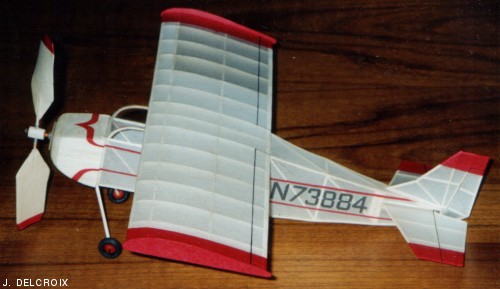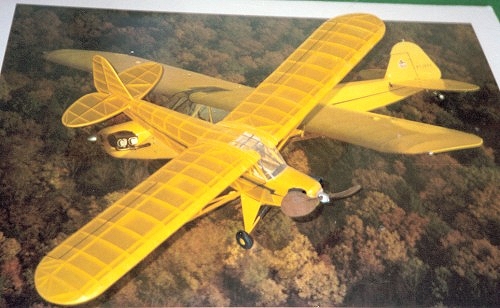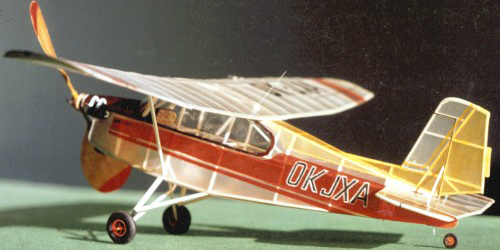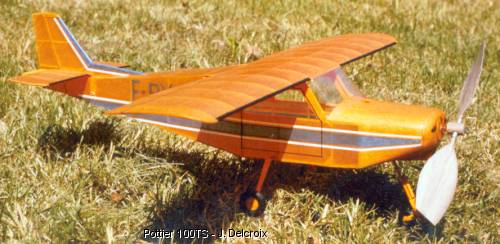1. General Principles
Start with the "wings": wing, horizontal stabilizer, fin. These parts, after interfacing and tensioning, will be able to stabilize in shape during the construction of the rest.
Haste is always to be avoided... There is no time to regret afterwards. Remember that there is always something to do while it dries... One of the best excuses to sit back and double the build time. Do not be in a hurry to proceed with the covering or the assembly: many details and in particular the markings or registration letters will be placed with more ease, more precision, less risk of damage to each of the elements, separately. Think about the order of operations and make a work plan, a listing... Which can be corrected on a second reading. Example: if the glazing of a cockpit cannot be put before fixing the wing, do not wait for the presence of the masts to complicate the installation of these glazings. The same goes for the design of the fuselage doors.
Most important ? Lightness: the less a model is heavy, the slower it flies, the less fragile it will be... well handled. Lengthen, dilute the glues, reduce the quantities. Same for the coating.
Choose a smooth paper (Japan) rather than a porous paper (Modelspan: absorbs the coating, reveals "perforations" in the texture). The nitrocellulose filler must be very diluted: 25 to 30% filler, the rest thinner.
Some "personalized" advice to specific models will try to clarify this text, for example:
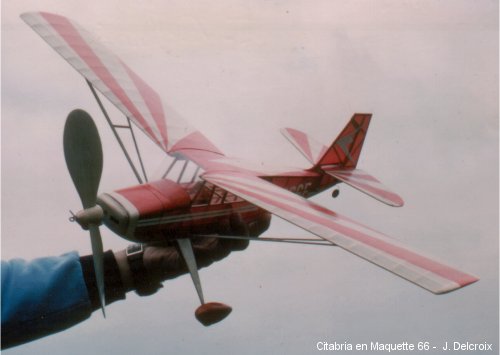
Citabria Double Peanut Scale - 66 cm - 26"
